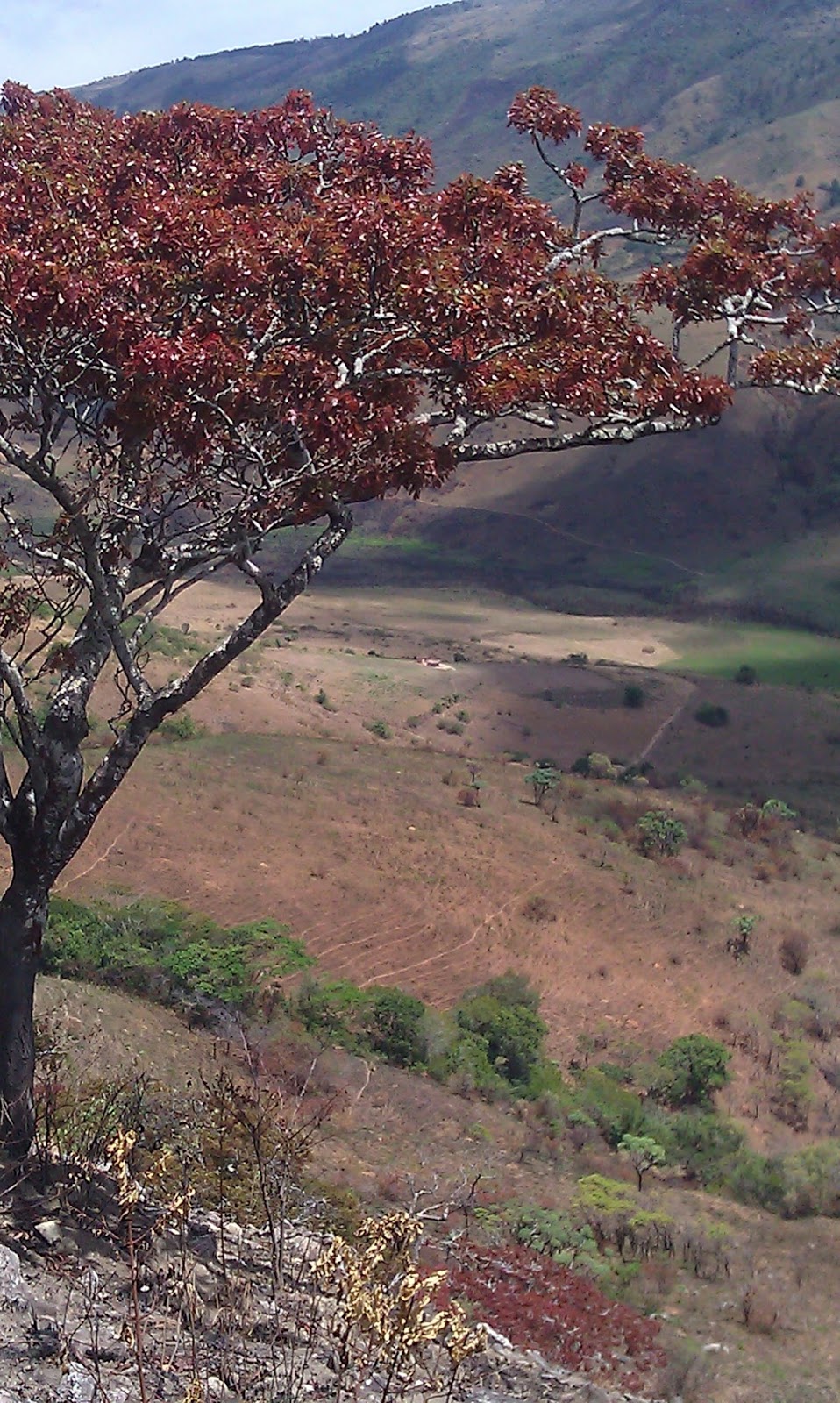Last Friday I boarded the Ladies Carriage on the commuter train from Bandra Station to what used to be Victoria Terminus, now CST (return ticket = 12 rupees). The Bombay (latterly Mumbai) trains carry over 7.24 million commuters a day - the highest passenger density of any urban railway system in the world. Teenagers in salwar kameez, hijab and burkas giggle on their way to school, and sellers of tacky jewellery proffer their sparkling cargo. A transgender hijra circulates the carriage in her sari, blessing each one of us – though only about five passengers part with any coins in exchange for good luck. We pass stations with the names of empire: Sandhurst Road, Dockyard Road, Cotton Green. Other commuter trains shoot by with open doors, men hanging out.
The charming and humorous Armando awaited me on Platform 1. Having completed a Masters degree in Fine Art at Stanford, he is now negotiating the extremist bureaucracy at the Sir J.J. School of Art, Bombay’s oldest and most prestigious art institution, where Rudyard Kipling, son of the dean, grew up in a large and picturesque wooden double-storey house. Outside are unkempt gardens where the trees and plants grow prolifically with no attention. Birds chatter and a cockerel wanders around proudly. The shade encloses this other-world, separating it from the working chaos of one of the largest cities on earth. Many important artists and architects were trained here, going away to produce some of India’s best-known buildings and public spaces. As one of the school’s only international students ever, Armando goes from office to office acquiring forms, signatures, photocopies, stamps, more signatures, more authorisations, additional forms. Paperwork will in fact be the subject of his art.
Built by the British, the school buildings are over a century old. Their interiors are a bizarre and liminal world like Harry Potter on oriental steroids: huge stone buildings with grand staircases and ornate metalwork, acres of high ceilings with old-fashioned fans, cathedral-size windows, and a chaotic litter of sculptures, murals, paintings, easels, work stations, and antique hardwood furniture.
In the printmaking studio are Harrild & Sons printing presses that have been in situ since their arrival from London a thousand moons ago. Harrild was an English printing pioneer in the first half of the 19th century. The life drawing studio is kept firmly out of bounds thanks to the ‘sensitive’ subject matter. We sneak in anyway and marvel at the (real) skeleton with decaying teeth in its glass case. Armando tells me that the life drawing models are apparently 3rd generation – like other professions in India, it has become an inherited occupation.
On the other side of the school, the Crawford Market begins: street after street of fabric shops, tiffin sellers, purveyors of fine sweets, jewellers, all loosely divided into their respective sections. We do some swift business, Armando’s Hindi proving to be excellent value. At the sweet shop, our two small boxes of delicacies are selected by some of the 9 men behind the counter and then vacuum-packed by a tenth man with a hairdryer. We do our best not to laugh.
In the tiffin shop I buy stainless steel food containers that are the kitchen hallmark of India, and Armando persuades me into buying a pressure cooker. The salesman looks on, wondering why on earth it is Armando the man, not me the woman, who knows all about the intricate workings of such a device. He gets increasingly impatient as we discuss what to engrave on the bottom of the cooker (another Indian tradition), and when we finalise on “Cooked with Love” in Hindi, he tells the inscriber to get a move on: ‘Ok, ok, your love, my love, everybody’s love!”.
On the way back to the closest station we walk through a Muslim burial ground which is one of the most beautiful inner city gardens I’ve ever seen. It’s a commuter short cut as well, so also the busiest inner city garden ever! Interesting how religion in this case promotes and protects the environment.
Back in Bandra I’m supposed to meet a mystery man who speaks very fast on the phone and who’s delivering my salvaged iPod, which I handed over into the unknown tech realm before travelling to Mysore. Bandra Station is, like most Indian stations, a flurry of activity with hundreds of people on the go. Within literally 30 seconds, whilst I’m digging for my phone and stressing about landmarks and how on earth to find my ‘contact’, a man I’ve never seen before appears in front me of me and says my name. Of course. This is Bombay. It works. iPod and cash change hands, he evaporates into the crowd, and I’m gleeful to have had 8GB of data rescued by some tech whiz.
Down the road at the printing shop, I’m having business cards made to publicise my new book. They can do the job in 9 hours, of course, despite being inundated with greeting card orders for the upcoming Diwali festival. The tiny front room is crowded with a thousand paper samples, wedding invites, personalized stationery of Bollywood actors, Muslim family photos, theatre posters. I sip a petite cup of hot chai and look at fancy invitations for Parsi socialites at the Race Course Turf Club and hotels in exclusive Juhu. Later in the day, the card designer personally delivers my cards on his motorbike to Armando’s flat by St Andrews Church, where hundreds of striking orange marigold garlands are being laid on graves for All Saints Day.
By mid-evening Bandra is more awake than ever. I ask for the opening house of a nearby pharmacy and the attendant looks at me with some surprise. “Twenty four seven, madam”. Of course. How could I think otherwise?


.jpg)






.jpg)



.jpg)
.jpg)

.jpg)

.jpg)








.jpg)


.jpg)


